
How to Begin Making Jewelry
The diversity of contemporary jewelry reflects various aspects of modern society, culture, technology, and fashion. This diversity is evident not only in materials, design, and

The diversity of contemporary jewelry reflects various aspects of modern society, culture, technology, and fashion. This diversity is evident not only in materials, design, and
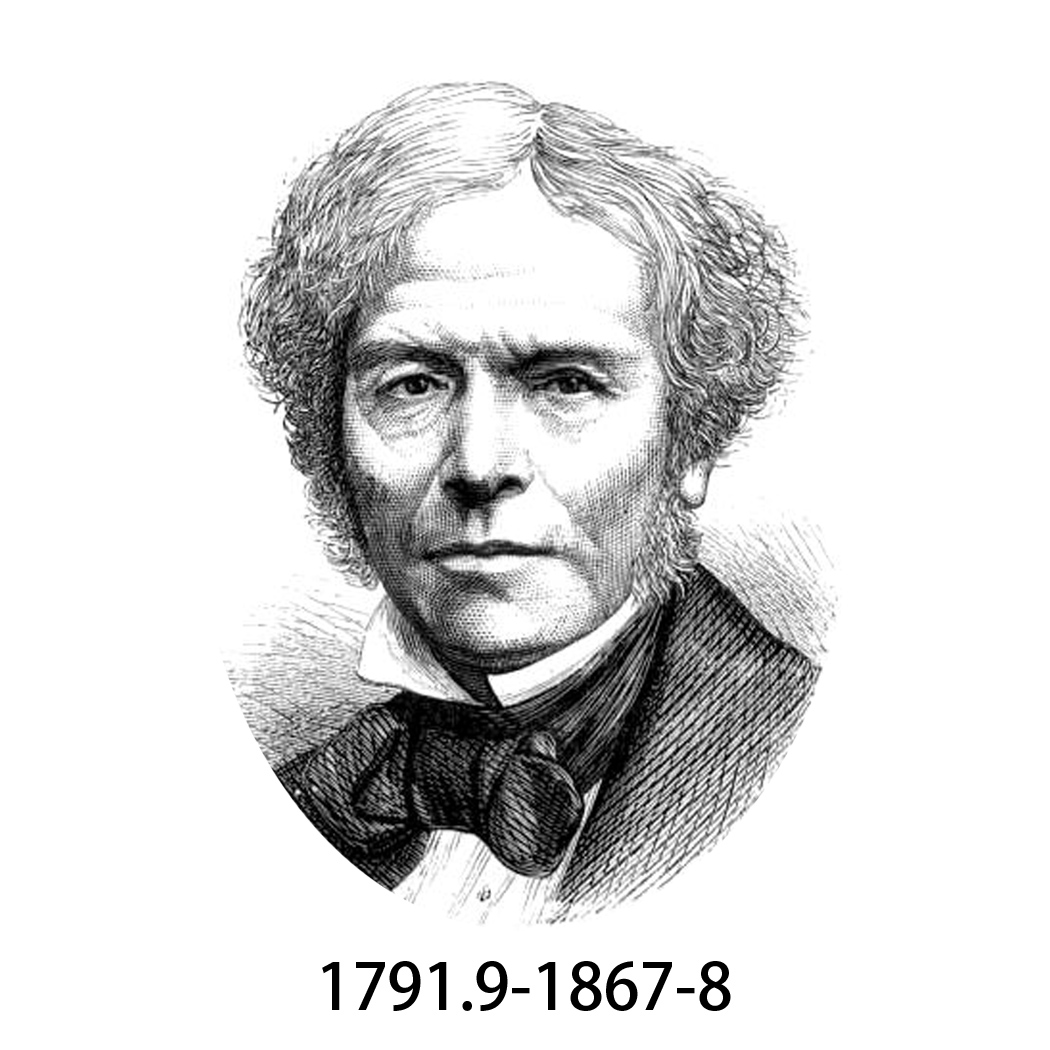
How Induction Heaters Work: Understanding the Melting Furnace Michael Faraday’s Law of Induction is a fundamental principle in the field of electromagnetism. The law states that when there is a change in the magnetic field through a circuit, an electromotive force (EMF) is induced in the circuit. This induced EMF results in the generation of an electrical current in the circuit. The amount of EMF induced in a circuit is directly proportional to the rate of change of the magnetic field through the circuit. This means that the greater the change in the magnetic field, the greater the induced EMF will be. Additionally, the direction of the induced EMF is such that it produces a current that opposes the change in the magnetic field that caused it. This is known as Lenz’s law. Faraday’s Law of Induction has numerous practical applications, including the functioning of electric generators and transformers. In a generator, a rotating magnetic field is used to induce an EMF in a coil of wire, which generates electrical power. In a transformer, alternating current in one coil of wire induces a changing magnetic field, which then induces an EMF in a second coil of wire. Michael Faraday’s Law of Induction is a fundamental principle in the field of electromagnetism.
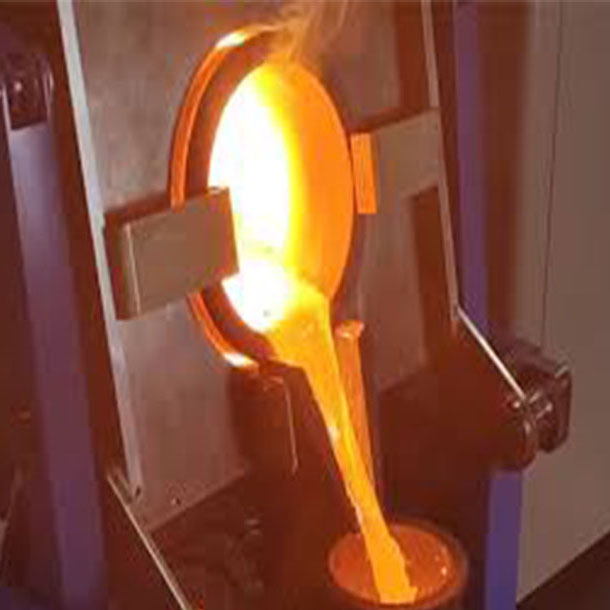
Melting metal is a process that requires the right tools and equipment to ensure success. One of the most important pieces of equipment for melting

Gold Furnace Introduction:A gold melting furnace is an essential tool for anyone who works with gold, whether you are a jeweler, hobbyist or metal refiner.
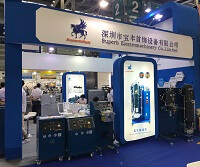
2017 Shenzhen jewelry exhibition will be held on September 14-18 at the Shenzhen Convention and Exhibition Center, there will be all kinds of jewelry manufacturing
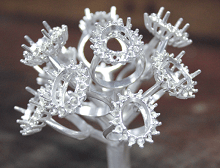
In the casting of models for the production of jewelry, a major problem being faced by producers often has to do with the occurrence of

Before gold and other precious metals can be converted into jewelries and used for various other purposes. They have to go through a refining process

Why do we need to refine gold? The answer is very simple: We cannot use gold in its raw form. It is a precious, noble

So, what happens after you have mined, processed, and refined or purified your gold? The simple answer is: To use it! This brings us to
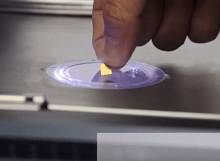
“Gold is the corpse of value”⋯ Neal Stephenson. The above quote is a simple yet succinct summary of what gold has come to represent both
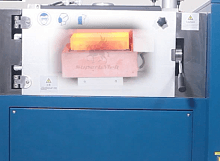
It is generally believed that the quality of a gold bar depends entirely on the gold bar casting method used in producing it. Over the

In order to enhance the cohesion of our team, we cultivate team members’ hard-working and courageous dedication to promote the communication between team members, and
